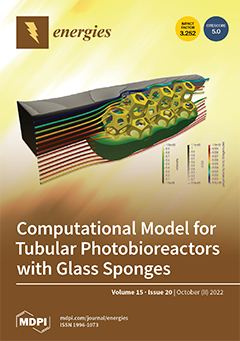The Rapid reduction of energy resources and the escalated effects of global warming have created a strong motivation to find some new techniques in the field of paving construction. Adopting new technologies, such as warm-mix asphalt (WMA) or the recycling process of asphalt can be very helpful for the economy and have a significant impact on the environmental footprint. Thus, this research aimed to study the mechanical and durable characteristics of modified WMA mixtures using (1.0%, 1.5%, and 2.0%) Sasobit REDUX
®, (0.3%, 0.4%, and 0.5%) Aspha-Min
®, and (0.07%, 0.1%, and 0.125) ZycoTherm
® additives corresponding to three percentages of reclaimed asphalt pavement (RAP) (20%, 40%, and 60%). Three mixing temperatures have been conducted in this study to generate WMA mixtures at (135 °C, 125 °C, and 115 °C) corresponding to three compacting temperatures (125 °C, 115 °C, and 105 °C). The mechanical properties of the developed WMA mixtures have been evaluated using the Superpave volumetric properties (air voids, voids filled with asphalt, and voids in mineral aggregate), while the durable properties have been investigated using the resilient modulus test (M
R) at 25 °C, resilient modulus ratio (RM
R), and Hamburg wheel-track test in terms of permanent deformation, moisture susceptibility, and rutting resistance. To make the WMA mixtures accept high quantities of RAP (>25%), an insignificant increase in the amounts of WMA additives was needed to produce mixtures carrying sustainability labels. Results indicated that all the used additives had pushed the WMA mixtures to achieve considerable mechanical properties, whereas the best properties for the WMA mixtures containing 0%, 20%, 40%, and 60% of RAP have been achieved by mixing with (1.0% Sasobit REDUX
® @ 125 °C), (1.0% Sasobit REDUX
® or 0.3% Aspha-Min
® @ 135 °C), (1.5% Sasobit REDUX
® @ 125 °C), and (2.0% Sasobit REDUX
® or 0.5% Aspha-Min
® @ 135 °C), respectively. On another hand, the best durable properties have been achieved by mixing the mentioned WMA mixtures containing 0%, 20%, 40%, and 60% of RAP with 0.07%, 0.07%, 0.1%, and 0.125% of ZycoTherm
® at 153 °C, respectively. Using such additives in the recycled WMA mixtures made it possible to activate waste recycling in the paving industry.
Full article





